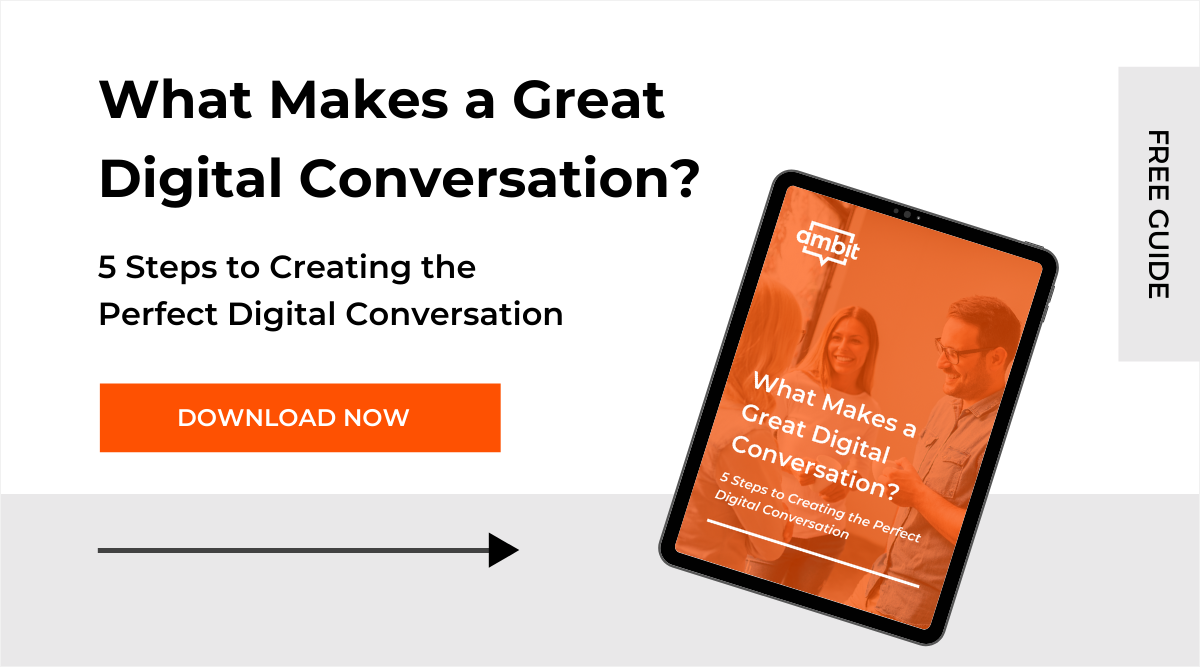Conversational user experiences (UX) take a lot of work. There’s a reason many state “I’m like a child and just learning”, whilst endeavouring to deliver adult grade conversation within months or even weeks of birth.
Even for a basic chat to work well requires balancing NLP with scripting, simplifying steps to complete tasks, capturing data in appropriate places and balancing the ‘creep’ factor of AI and big data.
The field is rapidly evolving and so are the rules along with it. This article intends to give you some powerful guiding principles to get underway.
A lot can go wrong. Designers must take careful consideration of each conversation — and we want to pick the most beneficial place to start to build, test, and learn from.
1. Which bit to build first?
How do you quickly get a view of all the possible conversations that any of your customers or employees might possibly need to have with your company?
Introducing - The Conversational Ecosystem!
Conversations are complicated. They ramble and weave, change context randomly and cover many different aspects and topics. Replicating this in a machine is not an easy task – one of the many reasons why AI has taken 70 years from the “Turing test” to reach this point.
Conversational Ecosystem diagrams give you a high-level view of #AllThethings your customers and employees need to chat about with your organisation. We created the conversational ecosystem to quickly get to a holistic view of a business’s conversational opportunities and how they relate to each other.
Visualising conversation relationships enables you to make informed decisions on where you want to start designing your chatbot. They can also help you design the first conversation better, by understanding what it will need to link to or what other conversations people might need to have next. For example, let’s say a travel Chatbot has the topic of booking plane tickets. The topics within that topic would simply be the methods of booking a ticket. For example, getting a recommendation from the bot or searching the bot for a specific destination. Once you have this mapped out, it is far easier to see potential linkages and value adds.
2. Conversation design shouldn't be
rocket science!
Ecosystem models are used in science to understand ecologies, so it’s not rocket science! Designers have been using them across multiple industries to understand systems and scenarios. Architecture is often represented in this way too. Just as you need to design a house so that people can move between the rooms in a practical way — you can use ecosystem diagrams to help you design your conversations and content in this way too.
3. Why not just design the conversation straight away?
Your Chatbot/Conversational UX is another window into your business – and people are going to ask it #allthethings. So without understanding how all the conversations fit together, you can’t set yourself up for success from the beginning. “Understand” is the first step in the ever-popular and practical process of design thinking.
“By using design thinking, you make decisions based on what future customers really want instead of relying only on historical data or making risky bets based on instinct instead of evidence.”
Understanding how conversations relate and link to each other with ecosystem thinking sets you up for long-term success. These diagrams empower you to choose; design the light touch (MVP) for each topic, focus on one specific area, or craft a specific path through. This enables you to more confidently design the first few conversations to grow into a fuller complete conversational UX.
An alternative approach would be to do a customer journey map – design conversation steps or touch-points – whilst a very useful aspect of the design process, this linear view doesn’t give you that bird’s eye view confidence before diving into defining and design the conversation details.
4. I don't know what the key conversations are
Here’s some ways to identify your key conversation topics:
- Review existing web-chats or phone call data for the top FAQs
- Look at your top web search terms or google search terms
- Brainstorm the key tasks customers and employees need/want to be able to do with your organisation
Once you’ve identified the key conversation topics/tasks, you can use Information Architecture design techniques to identify the key topic groups and their relationships – such as card sorting.
5. I have very different types of customers
Good news — conversation UX designs can be adapted for the different personas/user profiles/customers/segments. It’s easy to change the tone or tweak the content! Ambit’s platform enables you to easily personalise conversations for your different types of customers/employees. For example purchasing conversations can be used for consumers and businesses – just change the product info, links and tweak the tone for your different audience.
The power of an image
Visually representing conversations gives you a powerful way to get started designing and building your conversational user experience. Like any project – start with the end in mind. Understanding your customers, what they want, and how they communicate with you is key to winning conversations.
If you think of any “if’s and but’s!?” please ask away – or get in touch.



